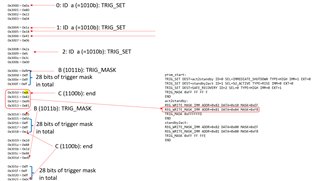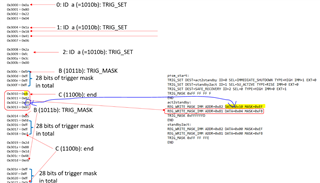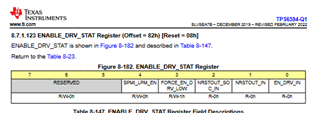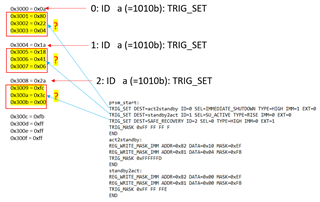Hello TI experts, I'm trying to configure TPS6594 and found that I could self define some states in PFSM. I'm wondering what's the maximum number of states I can add in PFSM? Thank you.
-
Ask a related question
What is a related question?A related question is a question created from another question. When the related question is created, it will be automatically linked to the original question.





